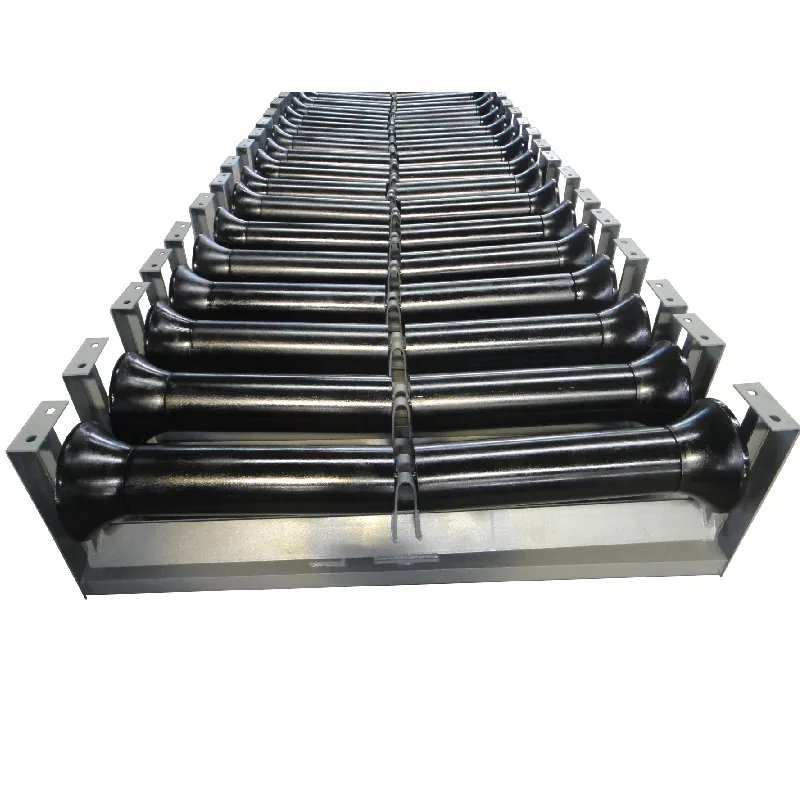 Afrikaans
Afrikaans  Albanian
Albanian  Amharic
Amharic  Arabic
Arabic  Armenian
Armenian  Azerbaijani
Azerbaijani  Basque
Basque  Belarusian
Belarusian  Bengali
Bengali  Bosnian
Bosnian  Bulgarian
Bulgarian  Catalan
Catalan  Cebuano
Cebuano  Corsican
Corsican  Croatian
Croatian  Czech
Czech  Danish
Danish  Dutch
Dutch  English
English  Esperanto
Esperanto  Estonian
Estonian  Finnish
Finnish  French
French  Frisian
Frisian  Galician
Galician  Georgian
Georgian  German
German  Greek
Greek  Gujarati
Gujarati  Haitian Creole
Haitian Creole  hausa
hausa  hawaiian
hawaiian  Hebrew
Hebrew  Hindi
Hindi  Miao
Miao  Hungarian
Hungarian  Icelandic
Icelandic  igbo
igbo  Indonesian
Indonesian  irish
irish  Italian
Italian  Japanese
Japanese  Javanese
Javanese  Kannada
Kannada  kazakh
kazakh  Khmer
Khmer  Rwandese
Rwandese  Korean
Korean  Kurdish
Kurdish  Kyrgyz
Kyrgyz  Lao
Lao  Latin
Latin  Latvian
Latvian  Lithuanian
Lithuanian  Luxembourgish
Luxembourgish  Macedonian
Macedonian  Malgashi
Malgashi  Malay
Malay  Malayalam
Malayalam  Maltese
Maltese  Maori
Maori  Marathi
Marathi  Mongolian
Mongolian  Myanmar
Myanmar  Nepali
Nepali  Norwegian
Norwegian  Norwegian
Norwegian  Occitan
Occitan  Pashto
Pashto  Persian
Persian  Polish
Polish  Portuguese
Portuguese  Punjabi
Punjabi  Romanian
Romanian  Russian
Russian  Samoan
Samoan  Scottish Gaelic
Scottish Gaelic  Serbian
Serbian  Sesotho
Sesotho  Shona
Shona  Sindhi
Sindhi  Sinhala
Sinhala  Slovak
Slovak  Slovenian
Slovenian  Somali
Somali  Spanish
Spanish  Sundanese
Sundanese  Swahili
Swahili  Swedish
Swedish  Tagalog
Tagalog  Tajik
Tajik  Tamil
Tamil  Tatar
Tatar  Telugu
Telugu  Thai
Thai  Turkish
Turkish  Turkmen
Turkmen  Ukrainian
Ukrainian  Urdu
Urdu  Uighur
Uighur  Uzbek
Uzbek  Vietnamese
Vietnamese  Welsh
Welsh  Bantu
Bantu  Yiddish
Yiddish  Yoruba
Yoruba  Zulu
Zulu Understanding the Role and Importance of Belt Conveyor Idlers in Material Handling Systems
Understanding Belt Conveyor Idlers A Key Component in Material Handling Systems
Belt conveyor systems are essential in various industries for transporting bulk materials efficiently. A critical component that ensures the smooth operation of these systems is the conveyor idler. Idlers are the support structures for the belt, facilitating its movement over long distances while minimizing friction and wear.
The Role of Idlers in Conveyor Systems
Idlers serve several key functions in a belt conveyor system. First and foremost, they provide support to the belt, helping to maintain its shape and alignment. This support is crucial as it influences the overall efficiency of the conveyor. Properly aligned idlers reduce the risk of belt misalignment, which can lead to excessive wear and potential failure.
Additionally, idlers play a significant role in controlling the tension of the belt. By ensuring that the belt maintains the correct tension, idlers help in preventing slippage during operation, which can cause delays and increased operational costs. Furthermore, idlers contribute to the load-carrying capacity of the conveyor by distributing the weight of the material being transported evenly across the belt.
Types of Conveyor Idlers
There are several types of conveyor idlers, each designed to fulfill specific needs based on the application and environmental conditions. The most common types include
1. Impact Idlers Positioned at loading zones, impact idlers are designed to absorb the energy of falling materials, thus protecting the belt from damage and extending its lifespan.
belt conveyor idlers

2. Carrier Idlers These are the standard idlers that support the weight of the loaded belt and its contents. They help maintain the belt’s shape and alignment during operation.
3. Return Idlers Found on the underside of the belt, return idlers support the belt after it has discharged its load. They help maintain the belt’s proper tension and assist in its return journey.
4. Training Idlers These specialized idlers are used to align the belt, preventing it from drifting off to one side. Proper alignment is crucial for efficient operation and minimal wear.
Importance of Idler Design and Maintenance
The design of conveyor idlers is vital for optimal performance. Factors such as the diameter, material, and configuration can significantly impact how well an idler functions. For instance, larger diameter idlers can reduce the belt's sag, resulting in lower friction and energy consumption.
Ongoing maintenance of idlers is equally important. Regular inspections can identify wear and tear, allowing for timely replacements before a failure occurs. The use of high-quality materials in idler construction also enhances durability, reducing the frequency of maintenance interventions.
Conclusion
Belt conveyor idlers are an indispensable part of material handling systems, influencing the overall efficiency and reliability of the conveyor operation. Understanding the various types, roles, and maintenance practices associated with idlers is essential for anyone involved in the design, operation, or management of conveyor systems. By ensuring that idlers are effectively maintained and optimized for specific applications, industries can enhance their productivity, reduce operational costs, and extend the lifespan of their conveyor systems. As technology advances, innovations in idler design could further improve efficiency and sustainability in material handling practices, paving the way for a more productive future.
-
Revolutionizing Conveyor Reliability with Advanced Rubber Lagging PulleysNewsJul.22,2025
-
Powering Precision and Durability with Expert Manufacturers of Conveyor ComponentsNewsJul.22,2025
-
Optimizing Conveyor Systems with Advanced Conveyor AccessoriesNewsJul.22,2025
-
Maximize Conveyor Efficiency with Quality Conveyor Idler PulleysNewsJul.22,2025
-
Future-Proof Your Conveyor System with High-Performance Polyurethane RollerNewsJul.22,2025
-
Driving Efficiency Forward with Quality Idlers and RollersNewsJul.22,2025





























